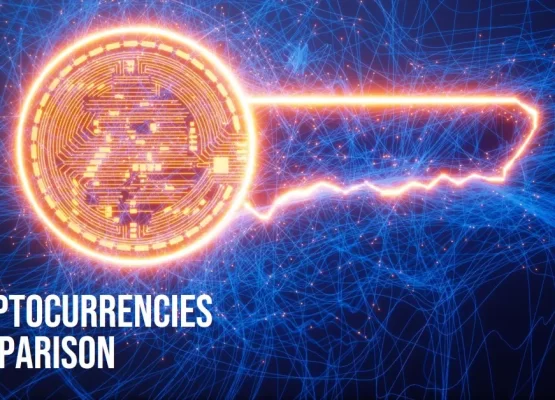Introduction
Polkadot is a unique blockchain network that allows for interoperability between different blockchain networks, while also providing a secure environment for smart contract development. In this article, we will explore the security model of Polkadot and why it makes it a safe choice for smart contract development. In this blog we will explore about Polkadot smart contract security service and security model and much more.
The Polkadot Security Model
The Polkadot security model is built around a system of shared security, which means that all parachains (or parallel chains) connected to the Polkadot network benefit from the same level of security. This is achieved through the use of a common validator set, which is responsible for securing the network and validating transactions.
In addition, Polkadot uses a unique consensus algorithm called Nominated Proof-of-Stake (NPoS), which allows stakeholders to nominate validators to participate in the network’s consensus process. This means that the network is highly decentralized, as there is no single entity that controls the validator set.
Benefits of the Polkadot Security Model
Shared Security
The shared security model of Polkadot provides several benefits for smart contract development. First, it reduces the risk of a single point of failure, as the network is not reliant on a single validator set. This means that if one parachain experiences a security breach, the entire network is not compromised.
Decentralization
The decentralized nature of Polkadot’s validator set also provides benefits for smart contract development. It ensures that no single entity has control over the network, which reduces the risk of collusion or malicious behavior. In addition, the validator set is dynamic, meaning that stakeholders can nominate and vote on validators, which ensures that the network remains decentralized over time.
Flexibility
The flexibility of the Polkadot network also provides benefits for smart contract development. The network is designed to support different types of blockchains, including public, private, and consortium chains. This means that developers can choose the best blockchain for their specific use case, without having to compromise on security.
Smart Contract Development on Polkadot
Parachains
Smart contracts on Polkadot are developed using parachains, which are parallel chains that are connected to the Polkadot network. Each parachain can have its own unique set of rules and functionality, allowing for flexibility and customization.
Interoperability
The interoperability provided by Polkadot also benefits smart contract development. Developers can leverage the network’s interoperability features to create smart contracts that interact with other blockchains and external data sources, allowing for more complex and sophisticated applications.
Security Audits
Smart contract security audits are a critical component of smart contract development on Polkadot. By conducting regular security audits, developers can identify vulnerabilities and ensure compliance with industry best practices.
Polkadot vs. Other Blockchain Networks
Ethereum
Polkadot’s security model differs from that of Ethereum, which uses a Proof-of-Work (PoW) consensus algorithm. While PoW has been effective in securing the Ethereum network, it is not as energy-efficient as NPoS. In addition, Ethereum does not provide the same level of interoperability as Polkadot, which limits the functionality of smart contracts.
Bitcoin
Bitcoin is also secured using a PoW consensus algorithm, which is not as energy-efficient as NPoS. In addition, Bitcoin does not support smart contracts in the same way that Polkadot does, which limits its use cases.
Other blockchain networks
Other blockchain networks, such as Cardano and Solana, use different consensus algorithms and security models. However, Polkadot’s shared security model and interoperability features provide unique benefits for smart contract development.
Polkadot’s Future
Polkadot has a bright future, as it continues to innovate and expand its capabilities. In the future, Polkadot plans to introduce new features, such as sharding and the ability to support multiple virtual machines. These features will further enhance the network’s scalability and interoperability, making it an even more attractive option for smart contract development.
Conclusion
Polkadot’s security model and interoperability features make it a safe and flexible choice for smart contract development. Its shared security model reduces the risk of a single point of failure, while its Nominated Proof-of-Stake consensus algorithm provides energy efficiency and decentralization. Smart contract developers can leverage Polkadot’s interoperability features to create sophisticated and complex applications that interact with other blockchain networks and external data sources. As Polkadot continues to innovate and expand its capabilities, it is likely to become an even more attractive option for smart contract development in the future.




